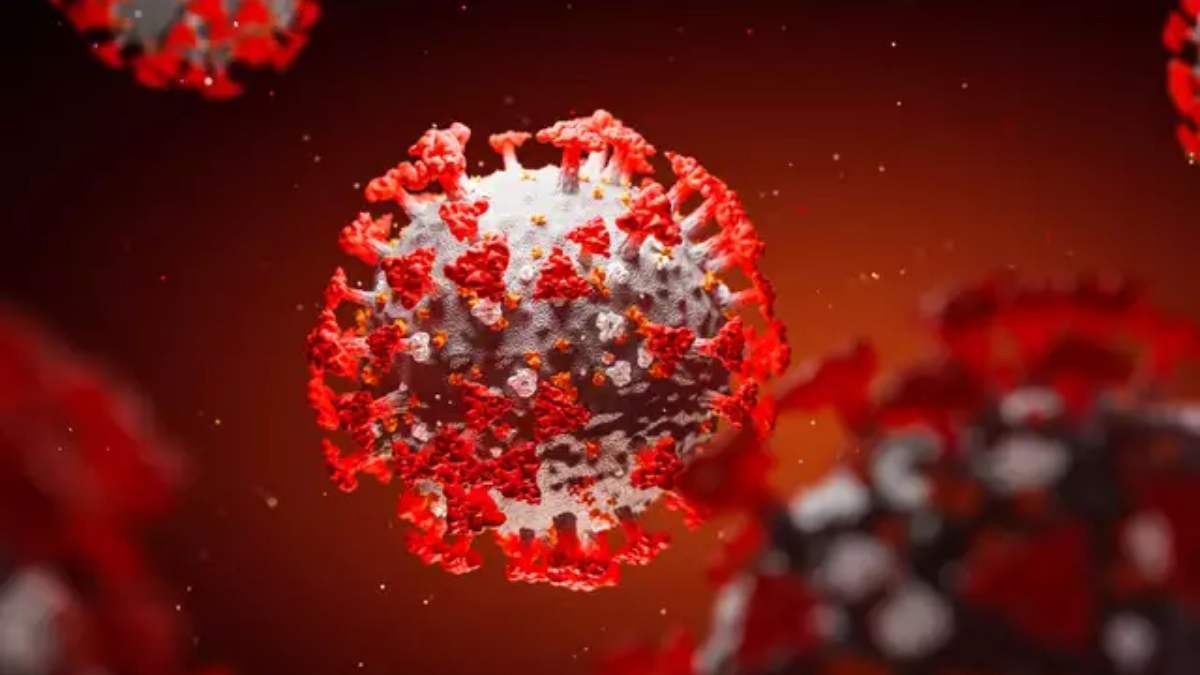Like me, most of you would have read the parable of the blind men and an elephant — a story of a group of blind men who have never known an elephant. By touching parts of it, each blind man creates his own version of reality from his limited experience and perspective. John Godfry Saxe’s last stanza in the poem ‘The Blind Men and the Elephant’ sums it accurately:
“Each in his own opinion
Exceeding stiff and strong
Though each was partly right
And all were in the wrong.”
In times of Covid-19 in India, the situation has reversed. We are the open-eyed men and Covid-19 is the elephant that is kept hidden and exposed only in parts. By using the Government released data, we are trying to create our own version of the reality to understand or misunderstand how Covid-19 is unfolding and how best we can tackle it.
Presently, the country is focused on preparing for the dreaded third wave. High decibel surround sound is being generated that children would bear the brunt this time. Can the third wave be prevented? Would the children bear the brunt of the third wave? Could its impact be softened? Secondary analysis of the accurate and real-time granular data can help answer key questions to predict and curb the virus and beef up healthcare infrastructure. We can and should be able to do a good job of it. Forewarned is forearmed.
Several groups in India are engaged in mathematical modelling but have to rely on sketchy numbers in the public domain, unconfirmed data presented at webinars and media reports of unknown credibility. Models based forecasts have limitations, but forecasts based on scanty data are dangerous and unreliable. Provide them with the most up-to-date, accurate, authentic and granular data to make the models more precise. There is an urgent need to compile, curate and anonymise granular data at the sub-district level to enable inputs for prediction models. Like, what proportion of the population is immune at a given point of time? This data comes from serosurveys, and results should be made available in real-time. We need to know if there is any difference in morbidity and mortality rates across sex, age groups, rural and urban residence, and if they have changed between the first and second waves. India has capable and experienced scientists in the use of big data analytic techniques, and are willing to respond to many questions surrounding the third wave. For them, access must be eased and layers of procedures tied in red tape be cut.
In December 2020 India SARS CoV-2 Genomic Consortium (INSACOG) was launched with a network of ten labs, these labs can provide very vital data to forecast the third wave. The genomic sequencing data if integrated with the epidemiological surveillance, targeted sequencing of re-infections, cluster infections, and breakthrough infections in vaccinated will provide key information on the characteristics of the variant and effectiveness of the vaccines against them.
India started the Covid-19 vaccination drive in the middle of January 2021. As of 11 June 2021, close to 250 million doses have been administered. By making data on the adverse events following immunisation public, it will help to reduce potential hesitancy among populations and instil confidence in vaccines.
Another casualty in the pandemic has been the data on deaths. One of the ways to assess deaths due to Covid-19 is to compare the excess deaths that occurred in a place during the same time the previous year. To do that, the figures for recent years including 2019 should be available. Triaging individual-level data on those who got tested, who got the vaccine, and who died can help in scenario analysis and prioritise the vaccines.
Professionals who would use the data have to ensure that safeguards are in place to protect the identities, privacy, and comply with the ethical use of the data while guaranteeing its safety.
The point I’m making through the parable is that it’s time to uncover the elephant and remove uncertainties. We cannot take our individual perspectives as the absolute reality; people with varying backgrounds would see and interpret data differently. Scientists want to contribute towards a better understanding of the pandemic. When we have the capacity and skills to do better, we should do so. We need evidence-based insights to target our policies and guide control measures and brace ourselves for the third wave.
The writer is an Infectious Disease Epidemiologist and Senior Advisor, Ashoka University. He has previously been the Deputy Director General of Indian Council of Medical Research (ICMR).























